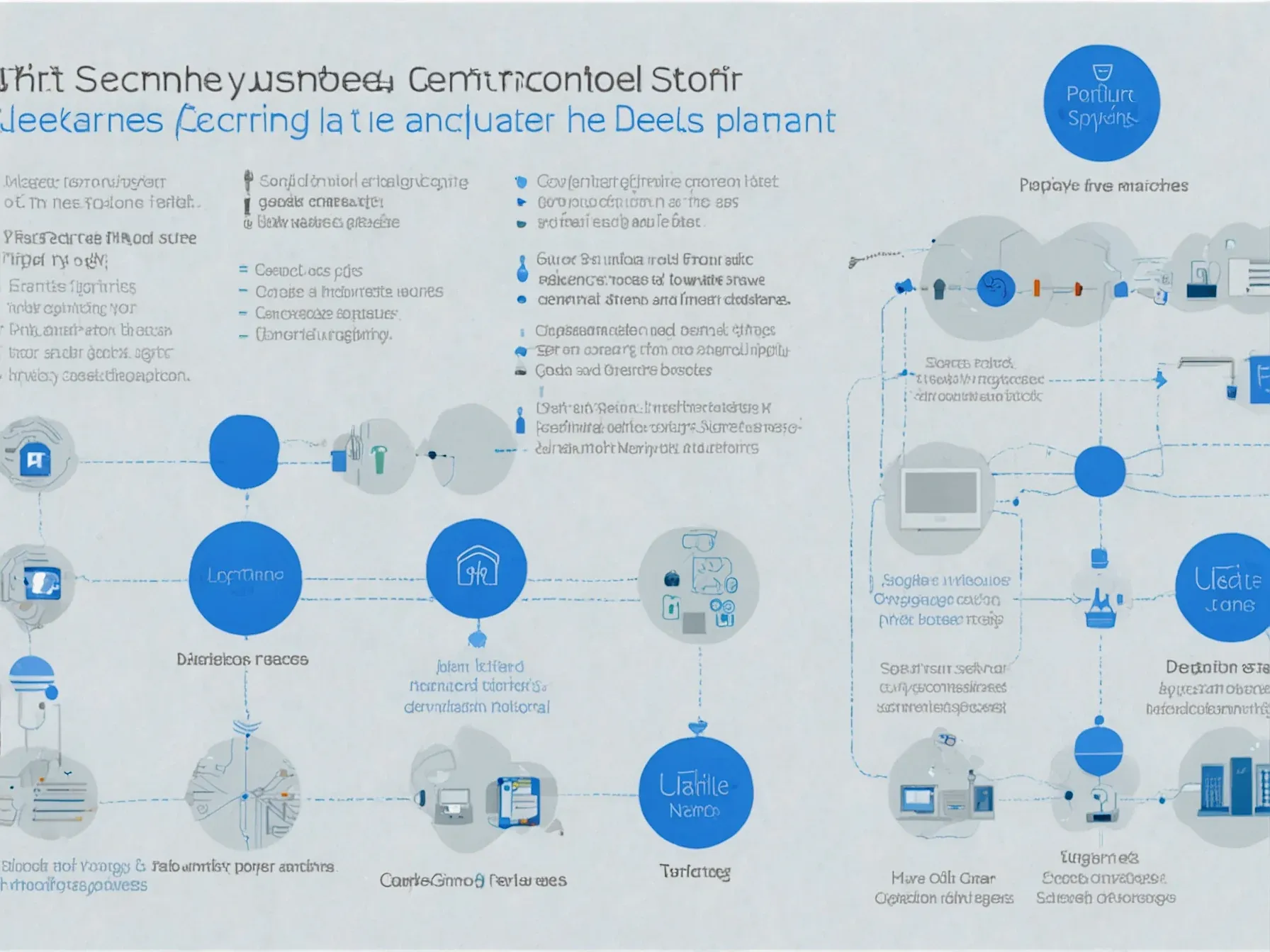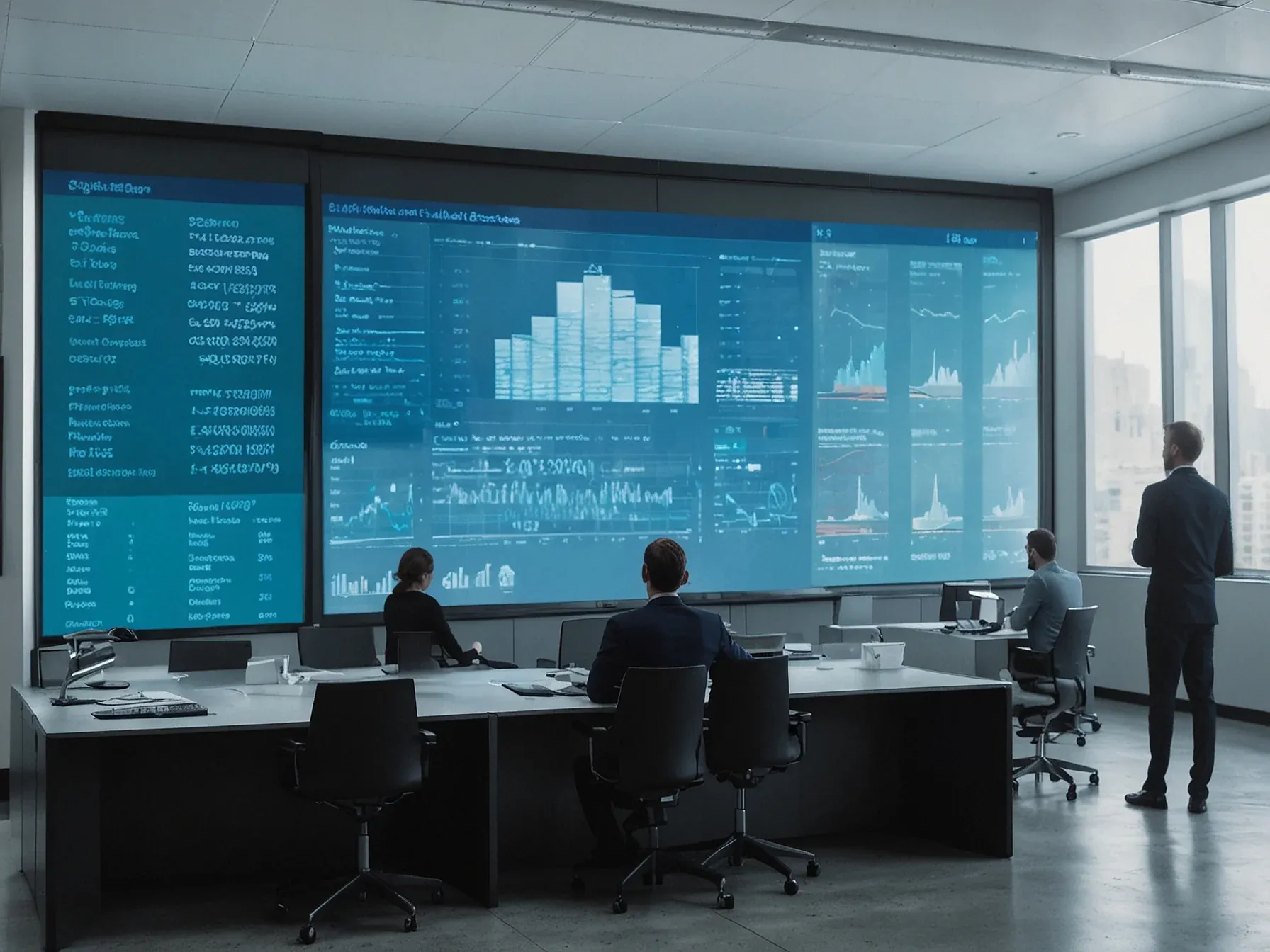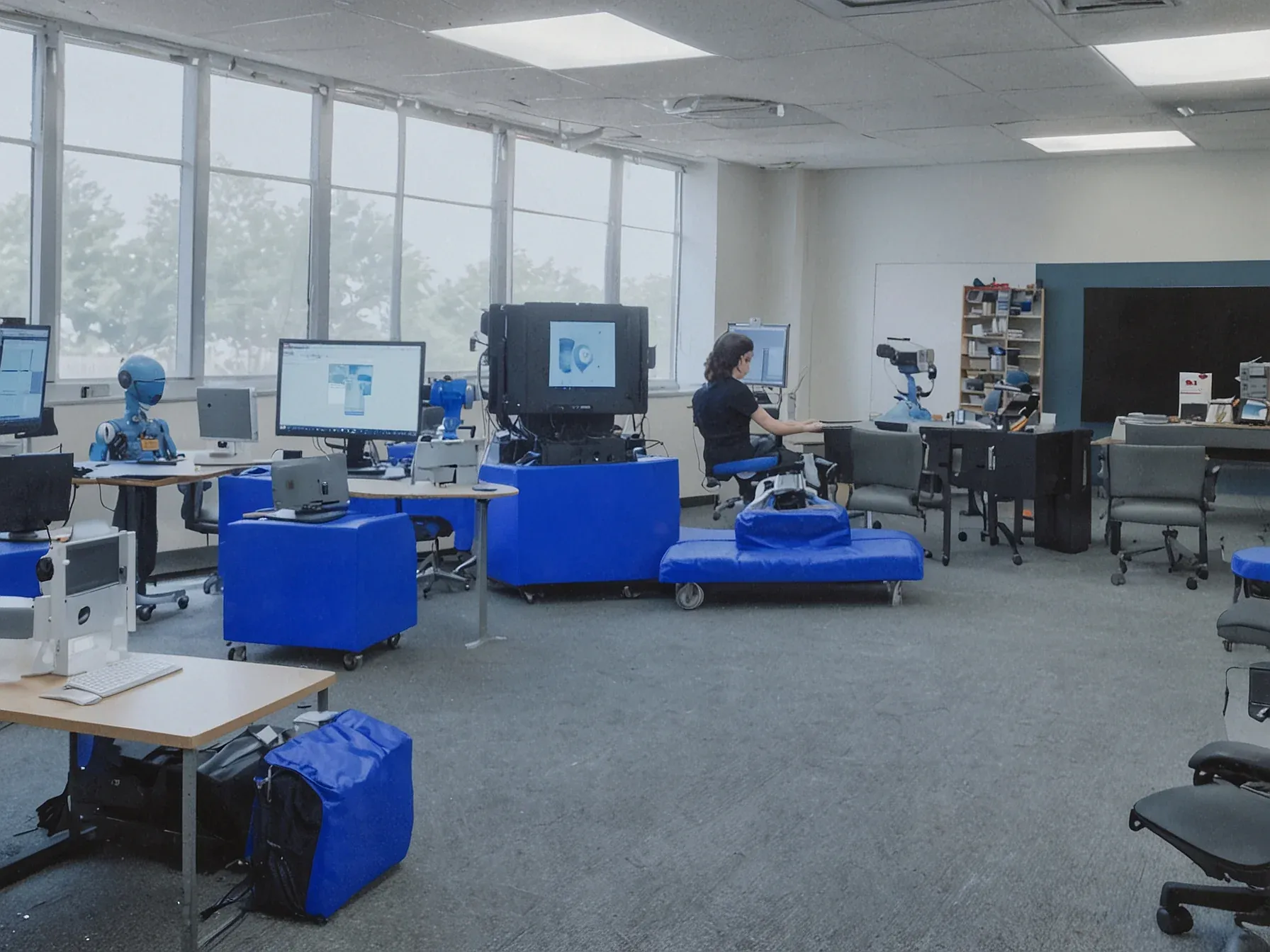
Westinghouse teams with Google Cloud to build AI platform for nuclear power
Westinghouse’s latest move puts a cloud giant at the heart of its nuclear‑energy push. The company, long recognized for applying artificial‑intelligence techniques to power generation, announced a partnership with Google Cloud aimed at creating a purpose‑built AI platform. In an industry where reactor build times and cost overruns have long been a pain point, the collaboration promises a more data‑driven approach to design, supply‑chain coordination and on‑site execution.
While the idea of “AI‑assisted” construction sounds appealing, the real test will be whether the joint effort can translate sophisticated models into measurable gains on the ground. Stakeholders will be watching the early pilots closely, looking for evidence that the technology can move beyond theory and actually speed up the complex, regulated process of bringing a new reactor online. The partnership signals a concrete step toward that ambition, setting the stage for the detailed plan Westinghouse and Google Cloud have laid out.
---
To reach its ambitious goal, Westinghouse has partnered with Google Cloud to develop a custom AI‑powered platform using specialized models from both Google and Westinghouse — itself a leader in AI for energy production — that helps optimize and accelerate reactor construction. So far, early pilots
To reach its ambitious goal, Westinghouse has partnered with Google Cloud to develop a custom AI-powered platform using specialized models from both Google and Westinghouse -- itself a leader in AI for energy production -- that helps optimize and accelerate reactor construction. So far, early pilots of the platform have shown significant time and cost savings, and the companies are also exploring ways for AI to help enhance nuclear operations and safety. AI fuels itself The partnership is driven by a pressing global challenge of meeting the ever-increasing energy demands with carbon free power.
Lou Martinez Sancho, Westinghouse's CTO and Executive Vice President of R&D and Innovation, framed the core idea as "energy for AI and AI for energy." Nuclear is notable for offering clean, reliable power at an immense scale from a small footprint. With the United States projected to need 400 gigawatts of new power by 2040 -- a 32% increase from current usage -- conventional construction timelines are insufficient.
Can a partnership between a nuclear veteran and a cloud giant truly speed reactor builds? Westinghouse says its AI platform, co‑developed with Google Cloud, is designed to optimize every step of AP1000 construction. The models draw on data from both companies, and that's reflected in early pilots that suggest modest gains in scheduling and material handling.
Yet the article offers no hard metrics, leaving performance benefits largely anecdotal. If the ten reactors slated for 2030 materialize, they would supply power for roughly 7.5 million homes—about the combined demand of the nation’s five largest cities. That capacity is pitched as a response to rising grid strain from AI workloads and other loads.
Westinghouse positions itself as an AI leader in energy, but the extent to which its algorithms can overcome traditional nuclear project delays is still uncertain. The collaboration underscores a broader trend of digital tools entering heavy‑industry domains, though whether this will translate into measurable cost or time reductions remains to be proven.
Further Reading
- Westinghouse to Accelerate US Nuclear Reactor Construction and Enhance Operations with Google Cloud AI - Westinghouse Nuclear
- Supercharging the Nuclear Industry with Westinghouse AI - American Nuclear Society
- Westinghouse And Google Collaborate On AI To 'Transform Construction Of Nuclear Power Plants' - NucNet
- Google and Westinghouse lean on AI to speed reactor builds - The Register
Common Questions Answered
How does the partnership between Westinghouse and Google Cloud aim to improve AP1000 reactor construction?
The collaboration creates a custom AI-powered platform that leverages specialized models from both companies to optimize design, supply‑chain coordination, and on‑site execution. Early pilots indicate modest gains in scheduling efficiency and material handling, which could accelerate AP1000 builds.
What early results have been reported from the AI platform pilots for nuclear power projects?
Early pilots have demonstrated significant time and cost savings, with the AI models helping to streamline reactor construction workflows. While the article does not provide exact metrics, the anecdotal evidence suggests improvements in scheduling and material handling.
In what ways are Westinghouse and Google Cloud exploring AI to enhance nuclear operations and safety?
Beyond construction, the partners are investigating AI applications that monitor operational performance and identify safety risks in real time. These efforts aim to use data‑driven insights to improve overall plant reliability and reduce the likelihood of incidents.
What is the projected impact of the AI platform if the ten reactors slated for 2030 are built?
If the ten reactors materialize by 2030, the AI platform could help mitigate traditional cost overruns and lengthy build times by providing continuous optimization across the project lifecycle. The anticipated benefits include faster delivery schedules and more predictable budgeting for nuclear projects.




